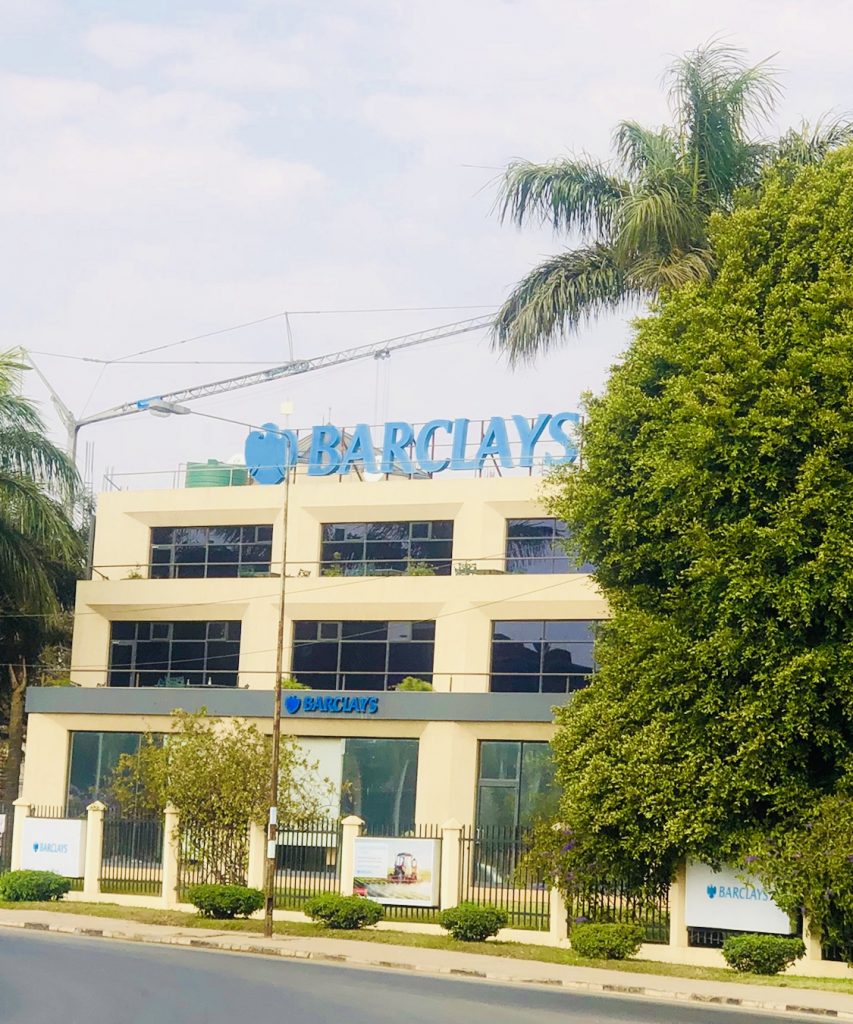Barclays Bank Zambia aggressively grew it’s loan and advances stock by 61% in H1:19 to K4.9billion from K3.1billion in H1:18 as it strives to be Zambia’s biggest bank by asset size. This rally is the most bullish the market has seen with ZANACO bank (26%) and Stanbic Bank (20%) in absolute terms. This has narrowed the gap between Stanbic and Barclays to K692million as BBZ rally’s in second place.
Interest income earned H1:19 was the highest among all 17 banks at K666million with ZANACO bank rallying behind at K652million, Stanbic Bank in third place at K650million as Stanchart settled for fourth place at K512million. The interest income bulls were a payoff of the growth in loan stock and investments in government securities leveraging off high yields.
Barclays recorded the highest interest expense of K221million, an 83% increase from H1:18 of K121million as it paid more for its deposits.
Credit impairments rose 213% to K116million from K37million eroding the bottom line that pushed the bank to third place on the profitability scoreboard at K103million behind Stanbic (K166million) and Stanchart (K123million).
Of the top 5 profitable banks, Barclays however had the second leanest cost to income ratio of 54%, as the other four banks printed 26% (Bank of China), 62% (Stanbic), 63% (Stanchart) and 77% (ZANACO).
Mizinga Melu’s strategy is heavily skewed towards asset growth from the 61% momentum depicted in the H1 growth of Barclays loans and advances to K4.9billion. Booking assets in this fashion has lucrative payoffs when the rest of the industry will be struggling to extend credit in a low appetite market given the fiscal posture of the sovereign as measured by the Moody’s (Caa2) and Fitch (CCC). Suffice to say, she has booked interest income way in advance for H2 and for as long as the government curve remains elevated Barclays will highly likely lengthen duration on their banking book to widen its interest income earnings. The impairment widening could be a temporal set back as a consequence of International Financial Reporting – IFRS9 reporting standards which are stringent or central bank reporting requirements, temporarily eroding profitability which could be margin preservation in disguise and once written back onto the books could narrow the profitability gap with the top two banks. The investment in government bills and bonds at a time when the Kwacha term structure of interest rates is elevated, has earned Barclays a lead on interest income in addition to earnings from loans and advances. Should asset growth persist in H2 at the pace seen in H1, Barclays could finish 2019 with the largest balance sheet.
Compiled by Kondwani Phiri and edited by Stacey Susa

